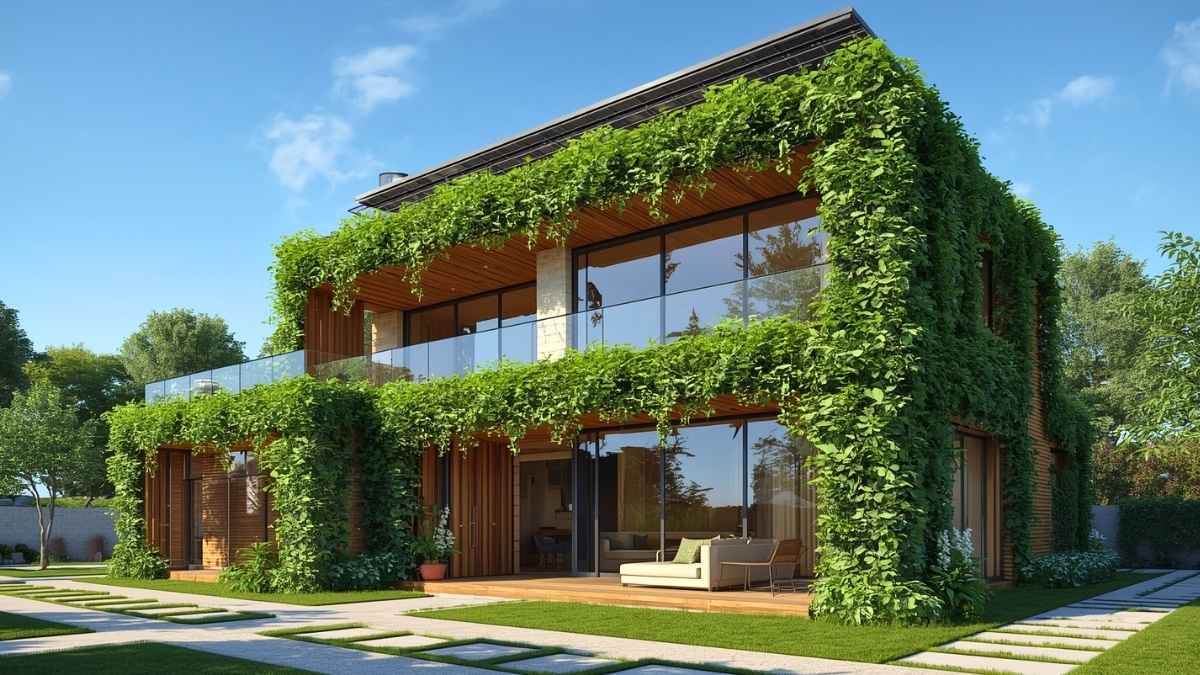Join on WhatsApp
Get the latest updates directly on WhatsApp – motivation, news & more!
In a world that often feels increasingly divided, there’s something deeply healing about bringing people together around nature. A shared green space is more than just a patch of grass or a few flower beds it’s a place where neighbours connect, friendships bloom, and community pride grows. Whether it’s a courtyard, a corner lot, or a neglected alleyway, transforming a communal area into a vibrant, green oasis can change not just the landscape, but the entire neighbourhood dynamic.
Creating such a space isn’t just about plants and soil; it’s about people. Collaboration, compromise, and shared vision are just as essential as sunlight and water. So how do you go about co-creating a shared green space that fosters harmony, involvement, and a lasting sense of community? Here’s how.
Start with Conversations, Not Shovels
Before any digging begins, the most important groundwork is communication. Talk to your neighbours. Get a sense of who’s interested, what they value, and what they envision. Some might want a peaceful garden retreat, others a space for kids to play, and still others a place to grow vegetables. These early conversations are where the seeds of cooperation are sown.
You don’t need a formal meeting right away. A casual chat over the fence or a message in the local group chat can get the ball rolling. If the interest is there, consider setting up a meeting at someone’s home or a local café to brainstorm ideas together. When people feel heard from the beginning, they’re much more likely to stay engaged throughout the process.
Choose the Right Space and Purpose
Every neighbourhood has its hidden gems those underused or overlooked spots that could become something more. It could be a weedy corner lot, a forgotten parkette, or a pathway no one really uses. The key is identifying a space that’s accessible, safe, and agreed upon by those who live nearby.
Once the space is chosen, think about its purpose. Will it be a quiet garden? A community herb plot? A small playground? The best shared spaces usually blend multiple functions offering beauty, utility, and a place for gathering.
Be realistic about what the space can support. A small courtyard might not handle a full vegetable garden, but it could host potted herbs, a seating area, and a few flowering plants. Matching your vision to the physical possibilities avoids disappointment down the line.
Create a Simple, Shared Vision
One of the most exciting parts of co-creating a green space is developing a shared vision. This is where ideas, dreams, and creativity come together. It doesn’t have to be fancy or overly detailed just a basic sketch or list of goals can guide your efforts and help keep everyone on the same page.
A successful shared vision balances ambition with practicality. Maybe the group agrees to build a raised bed for vegetables, plant native flowers to support pollinators, and install a bench made from reclaimed materials. These kinds of projects not only beautify the space but also reflect shared values around sustainability and community care.
Having this vision in writing or drawn out helps when new people join in later. It keeps the purpose clear and the momentum moving forward.
Delegate Roles and Embrace Skills
One of the strengths of community-led projects is the diversity of talent available. Some neighbours might be expert gardeners. Others might be great at organizing, fundraising, or building. Some might not know much about plants but are happy to paint signs or water during the week.
Take the time to find out what each person enjoys or excels at. Delegating tasks based on interest and ability helps avoid burnout and keeps the project enjoyable. When everyone feels like they’re contributing in a meaningful way, the sense of ownership deepens.
You don’t need to formalize it too much no need for official titles but having clear responsibilities and a plan of who’s doing what will make the process smoother and more rewarding.
Keep It Inclusive and Welcoming
Shared spaces work best when everyone feels welcome, regardless of age, background, or level of gardening knowledge. Make it easy for people to get involved, even if they didn’t join in from the start.
Consider adding elements that invite participation like a “community planting day,” a shared watering schedule, or even a small bulletin board where updates and notes can be shared. Kids can have their own garden patch, or neighbours with mobility challenges can help plan and advise.
Inclusivity isn’t just about access it’s about attitude. Stay open to new ideas, be patient with differing opinions, and remember that not everyone will be as involved as others. That’s okay. Harmony comes from flexibility, not perfection.
Celebrate the Small Wins
In any group project, it’s easy to focus on the big picture and forget to celebrate the steps along the way. Did the group finally clear out that patch of weeds? Did someone donate a bench or help build a compost bin? Celebrate it.
Small celebrations whether it’s a potluck lunch, a thank-you card, or just sharing before-and-after photos build morale and strengthen bonds between neighbours. These moments of recognition are often what people remember most and what keeps them coming back to contribute more.
Over time, as the space begins to thrive, these small wins become the foundation of a larger transformation, not just in the garden, but in the community.
Plan for Sustainability
Creating a shared green space is one thing; keeping it alive is another. Think ahead about how the space will be maintained year-round. Who will water during heatwaves? Who can do seasonal pruning or replace plants that don’t make it?
You don’t need a rigid schedule, but having a rotating system or a list of volunteer caretakers can help avoid the dreaded mid-summer burnout. Consider planting native or drought-tolerant species to reduce maintenance needs, and always aim for low-cost, low-fuss solutions that won’t overwhelm your group.
Some neighbourhoods even create a small fund collected from those who are willing and able to cover tools, mulch, or signage. Transparency is key, and keeping things simple will go a long way toward long-term success.
Let the Space Evolve
Just like a garden, a shared green space will change with time. People will come and go, interests may shift, and the plants themselves will grow in unexpected ways. That’s part of the beauty of it.
Don’t be afraid to revisit your shared vision occasionally. Maybe a seating area becomes more important than a flower bed. Or maybe the herb garden inspires a small outdoor cooking event. Let the space evolve naturally, guided by the needs and desires of the people who use it.
More than anything, remember that the space is a living reflection of your community. It doesn’t have to be perfect it just needs to be cared for, shared, and loved.




